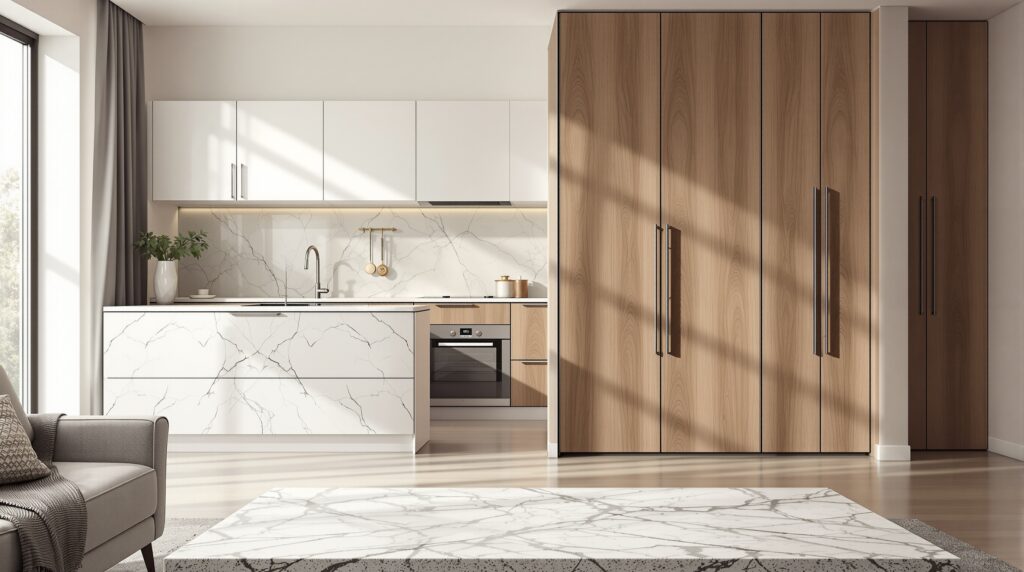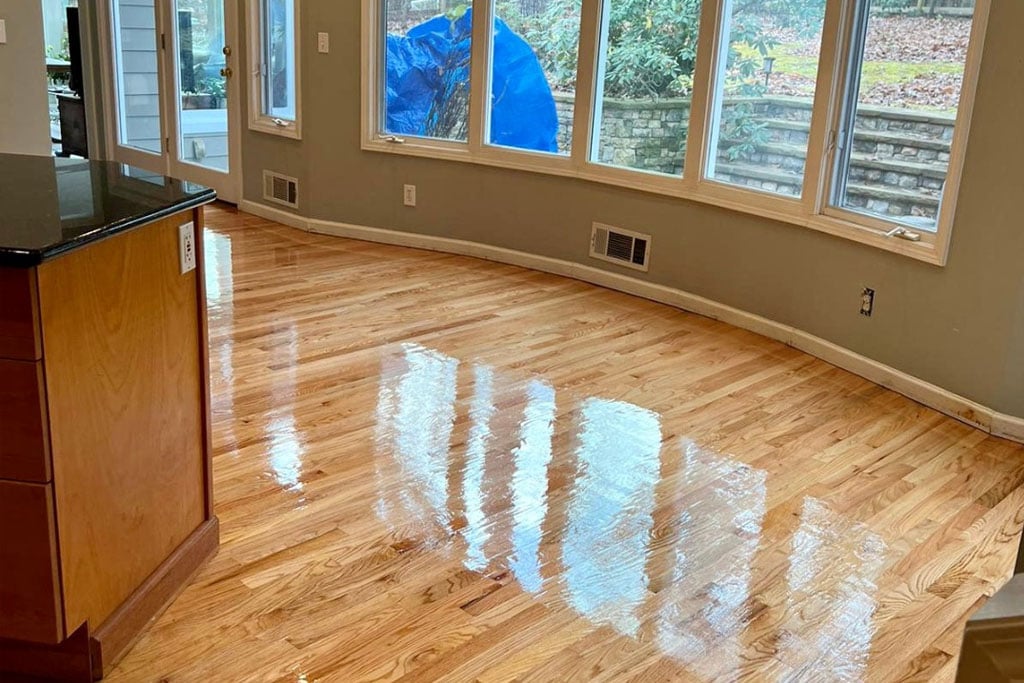What’s the difference between a carpenter and a joiner and which one do you need?
Understanding what’s the difference between a carpenter and a joiner helps you hire the right tradesperson for your project and avoid costly mistakes. Whether you’re planning a kitchen renovation, building an extension, or need bespoke furniture, knowing the distinction between these two skilled tradespeople can save you time, money, and ensure you get the quality craftsmanship you expect. While both work with wood and require exceptional skill, their areas of expertise, working environments, and the tools they use differ significantly. In this comprehensive guide, we’ll explore the key differences between carpenters and joiners, what each specialist does, and help you determine which professional you need for your specific project. The fundamental difference between carpenters and joiners At the most basic level, joiners typically create wood items in workshops using joining techniques with minimal metal fasteners, while carpenters usually construct or install larger building elements on-site often using nails screws and other fasteners. This fundamental distinction shapes everything about how these two trades operate, from their working environment to the types of projects they undertake. The separation between these crafts has existed for centuries, with each discipline developing specialized techniques and expertise that make them uniquely suited to different aspects of woodworking and construction. Joiners focus more on precision and detail in a controlled workshop setting, creating components that will later be fitted into buildings. Their work environment allows them to achieve the exacting standards required for items where every joint will be visible and must be aesthetically perfect. The workshop provides consistent lighting, temperature control, and access to specialized machinery that enables the creation of complex joints and intricate details. Carpenters handle more structural and installation tasks directly on construction sites, working with the building itself rather than creating standalone items. They must adapt to varying site conditions, weather challenges, and the practical realities of fitting components into existing structures or new builds where tolerances may be less forgiving than in workshop fabrication. Understanding this core difference is the first step in determining which tradesperson your project requires. The distinction isn’t merely about where the work happens, but fundamentally about the nature of the work itself. Joinery produces components that carpenters later install, creating a collaborative relationship where each trade’s expertise complements the other. For homeowners and property developers in Kent, recognizing this relationship ensures you engage the right professional at the right stage of your project, maximizing efficiency and quality whilst avoiding the costly mistake of hiring someone whose skills don’t match your specific requirements. What does a joiner do? Workshop-based precision woodwork Joiners are the masters of workshop-based woodworking, specializing in creating beautiful, functional wooden items where the quality of craftsmanship is immediately visible. Their work requires not only technical skill but also an artistic eye for proportion, grain matching, and aesthetic appeal. The joiner’s craft has evolved over centuries from medieval guild traditions, yet modern joiners combine time-honored techniques with contemporary tools and materials to create pieces that are both traditional in quality and suited to modern living requirements. The joiner’s workshop environment and tools Joiners work primarily in workshop settings where they have access to specialized equipment and controlled conditions. Joiners use large stationary workshop tools such as table saws, panel saws, planers, thicknessers, mortisers, tenoners, spindle moulders, and industrial sanders to craft wooden items with exceptional precision. This workshop environment allows for accurate measurements, comprehensive dust extraction systems, and the ability to work on multiple components simultaneously without the interruptions and variables that characterize building sites. The controlled conditions mean joiners can achieve tolerances measured in millimeters or even fractions thereof, creating pieces that fit together perfectly with seamless joints. Workshop lighting can be optimized for detailed work, and temperature and humidity can be managed to prevent wood movement during fabrication. Many modern joinery workshops also feature computer-controlled machinery and CAD systems that allow for complex designs to be executed with remarkable accuracy, though traditional hand skills remain essential for finishing work and quality control. The investment in workshop infrastructure represents a significant commitment to quality, enabling joiners to produce work that simply couldn’t be achieved on a building site. What joiners create and specialize in Joiners make furniture windows doors and stairs, focusing on creating items that require precise joints and seamless construction. Joiners specialize in making fitted furniture and detailed woodwork including: Bespoke kitchen cabinets with dovetail drawer construction and precision-fitted doors Fitted wardrobes designed to maximize space and match architectural features Window frames crafted to exact specifications, whether traditional timber sash windows or contemporary designs Internal and external doors including panel doors, glazed doors, and security entrance doors Staircases from simple straight flights to complex curved or helical designs with turned balusters and carved newel posts Wall paneling and wainscoting that adds character and elegance to period or contemporary interiors Window seats and bay window joinery that create functional and attractive features Bookcases and shelving units designed to fit specific spaces and requirements The hallmark of quality joinery is the use of traditional joining techniques like mortise and tenon, dovetail joints, tongue and groove connections, and dowel joints that create strong bonds without relying heavily on metal fasteners. These joints have been proven over centuries to be superior to simple nailed or screwed connections, providing both structural integrity and aesthetic appeal. When executed properly, a dovetail joint in a drawer will outlast the building it’s installed in, and a properly constructed mortise and tenon joint in a door frame will remain tight and true for generations. These items are typically manufactured to exact specifications before being transported to the installation site, where they should fit perfectly with minimal adjustment required. What does a carpenter do? On-site construction and installation Carpenters are the backbone of construction projects, bringing structural expertise and practical problem-solving skills to building sites across Kent. Their work forms the skeleton of buildings, creates the frameworks that support other trades, and ensures that the joiner’s carefully crafted components can be properly installed. Carpentry is a dynamic trade that requires


